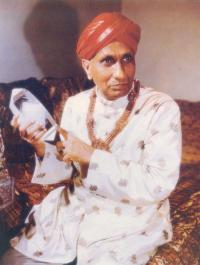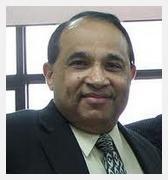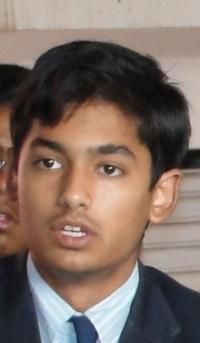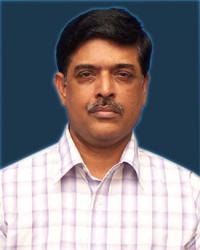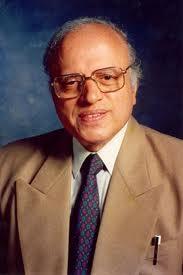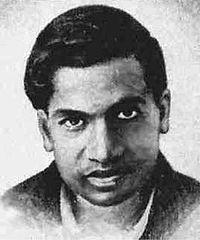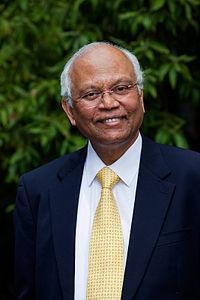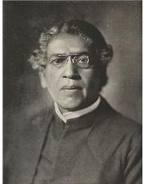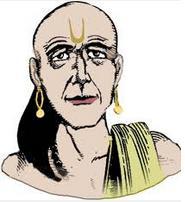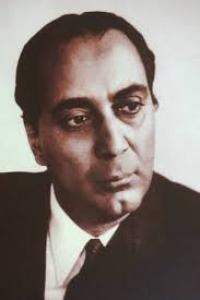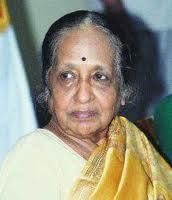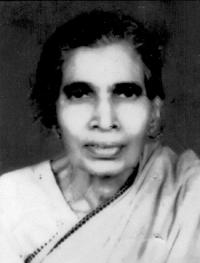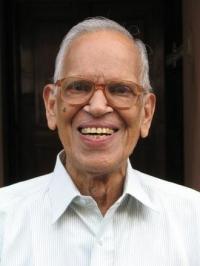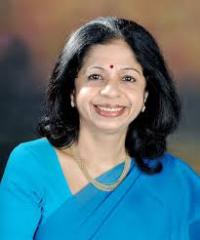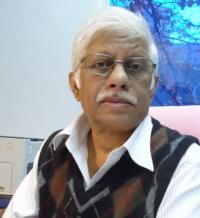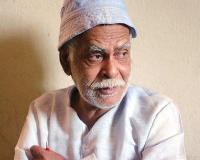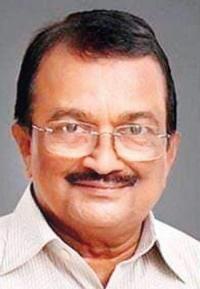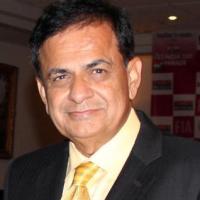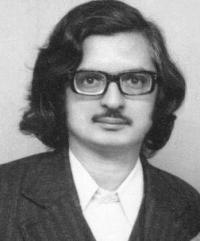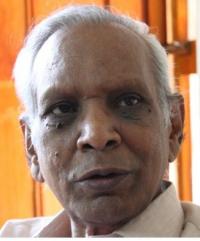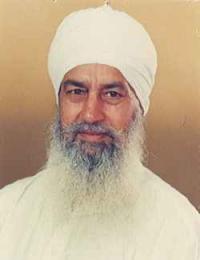Sir Chandrasekhara Venkata Raman Biography 
Sir Chandrasekhara Venkata Raman was an Indian scientist and physicist and Nobel Prize winner for Physics in the year 1930 for his discovery about the changes in the wavelength in the deflected light when it traverses a transparent material. He named this as Raman scattering which was the outcome of the Raman Effect.
He was born on 7th November 1888 at Thiruvanaikaval near Tiruchirappalli in Madras Presidency. His parents are R. Chandrasekhara Iyer and Parvati Ammal. He had seven siblings and he was the second one among them. He went to Vizag in Andhra Pradesh and studied at St. Aloysius Anglo-Indian High School. His father was a lecturer in Physics and Mathematics. He passed his matriculation examination when he was eleven years old and passed his F.A. examination at 13. In 1903 he joined the Presidency College at Chennai and gained his B. Sc. in 1904. He got gold medal in physics. He finished his M. Sc. in 1907. He married Lokasundari Ammal on 6th May 1907 and had two sons, Chandrasekhar and Radhakrishnan.
He attended Financial Civil Service examination and stood first in that. He became Assistant Accountant General in Indian Finance Department with a salary of Rs. 400 which was a huge amount in 1907. He joined the Indian Association for the Cultivation of Science and became its honorary secretary. In 1917 he resigned his government job to become the professor of Physics in University of Calcutta.
He discovered the Raman Effect on 28 February 1928. This proved the quantum nature of light. He took part in the 16th session of the Indian Science Congress in 1929. He expected to win Nobel Prize but this went to Richardson in 1928 and de Broglie in 1929. He was confident of winning the prize in 1930 and eventually won. He was the first Asian and non-white to win Nobel Prize for science.
He became the assistant director of Indian Institute of Science in Bangalore. He started the CV Chemical and Manufacturing Co. Ltd in 1943 with Dr. Krishnamurthy. He was appointed as the National Professor by Government of India in 1947. He received Bharat Ratna Award in 1954. He died on 21st November 1970 in Bangalore. National Science Day is celebrated in India every year on 28th February to commemorate his discovery of Raman Effect in 1928.
Published: N/A
Updated: October 12, 2017


